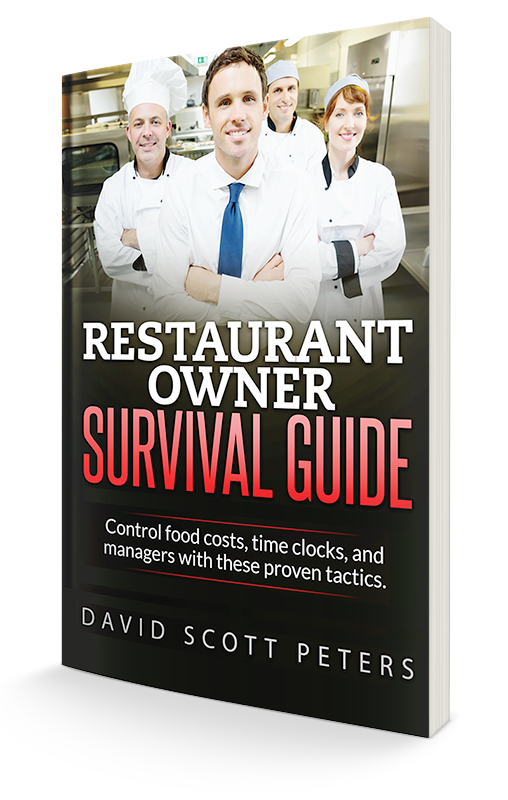How to Overcome Restaurant Minimum Wage Increases
Since I’ve already told you in this article there are not enough labor controls you can put into place to overcome restaurant minimum wage increases, here are some of the changes you can make to your COGS and labor cost to not only survive these increases, but thrive.
Labor controls
With a 12-month budget you will see that your labor cost will go up and down with your sales. In slow months, you might operate at a very high labor cost and in the busy months, you might operate a very low labor cost. Ultimately, at the end of the year you will hit a labor cost target percentage that makes you profitable, without giving up on the guest experience.
- Start by scheduling the way you always do. Then use a system called the labor allotment system, which takes each month’s labor cost target percentage and your last week’s payroll numbers to allocate the correct number of hours by position to go into the week on budget.
- Track labor each and every day. When you see you’re over budget on a Monday or Tuesday, you can then react by making small changes the rest of the week to make up the money you lost without effecting the guest.
- Start looking at efficiencies using a calculation called dollars per labor hour worked. This will show you your sales efficiency by position and quickly identify shifts where you are way over staffed so in the future you can avoid days like that.
Food and beverage controls
- Implement the key item report for tracking products that are high cost or you want to make sure you control. This count system ensures your products are not being stolen.
- Use a waste sheet on a daily basis to track what is being wasted, stolen or spoiled so you can find the challenges in your operation that cost you money and fix them the same day.
- Start using a descending dollar purchasing system where your managers cannot spend more money than they have allocated. This system allows you to give up control of ordering without giving up control of your checkbook and is called the purchase allotment system.
By implementing these three systems alone, you can reduce your food cost by 2–3 percent and be well on your way to overcoming restaurant minimum wage increases.
- Get recipe costing cards completed for ALL items you make and sell. By doing so you will have the ability to re-engineer your menu and reduce your food costs by 3–7 percent.
- Attack your descending dollar report with your broad line distributors. Understand that the top 10 items you purchase on a weekly basis represent 50 percent of your total purchasing. And by getting better pricing for those items by agreeing to buy them all from on vendor or switching to a like quality or better quality product at a cheaper price could reduce your food cost by 2–3 percent.
- Other simple systems that can have a big impact can be as simple as checking in orders looking for accuracy and product safety, implementing portion controls on the line and pre-portioning products to name a few.
While neither of the labor or food and beverage controls outlined above are a complete list of the things you can do to reduce your prime cost and overcome restaurant minimum wage, I hope you can quickly see that to overcome the impending rising labor costs, you have to attack your COGS at the same time you control your labor costs. And in fact, your COGS is where your real opportunity is to adjust to rising labor costs.
To learn the basic COGS calculation, watch this video.
For a complete review of your restaurant and the many systems you can use to increase your sales and revenues and lower costs, read our free special report, Breaking Away from the Insanity: How to easily take control of your restaurant and make more money. Download it here.





